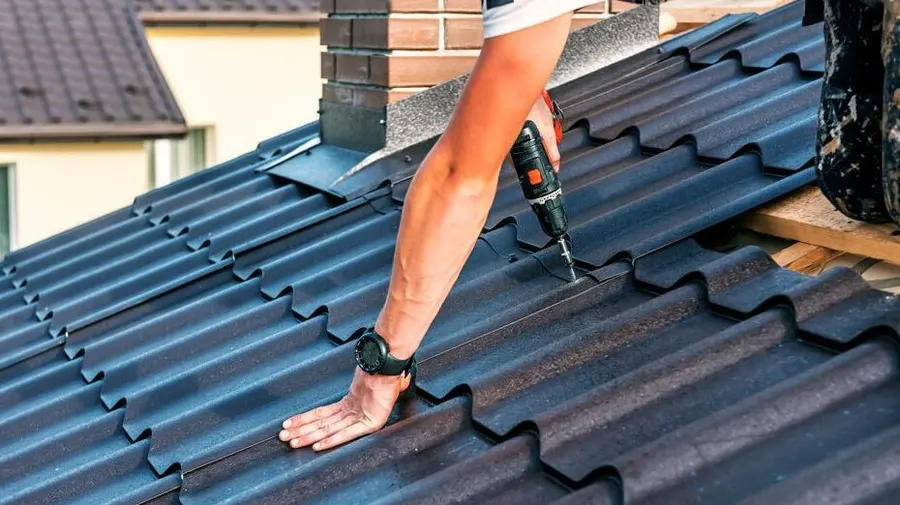Roofing Interior Design Trends
Roof is one of the key elements in home interior design. Residents have begun using their roofs as places for green spaces or even growing plants on.
Integrate roofing color and style into your attic space for a visual link between the outside and inside of your home.
Attic Spaces
An attic offers endless design possibilities when completed correctly. It can function as a playroom, home office, bedroom and also helps regulate temperature within your home.
LP TechShield radiant barrier sheathing helps maintain an energy efficient home by preventing heat accumulation in the attic and making energy management simpler. Insulation and ventilation are also critical elements to an energy-efficient building envelope.
Due to the unique geometry of an attic space, standard window solutions may not be appropriate. Sloping windows do not let in enough light and they often lose their insulating value when opened; for optimal illumination in attic rooms it would be better to opt for sconces or floor lighting rather than sliding windows with sloped panes; skylights provide additional illumination as long as they are well insulated against heat loss and condensation. In order to prevent the “Stack Effect,” however, skylights should also contain enough argon filled within their thermal envelope in order to reduce heat loss and condensation effectively.
Slanted Roofs
There are various slanted roof styles to choose from, each offering different benefits. A skillion roof, which requires few building materials and is cost-effective to install, is popular as it redirects rain and snowfall away from the base of the house and prevents potential water pools that could cause future costly damages.
Stilt Studios’ Tetra Pod prefabricated living unit takes the concept of slanted roofs one step further by showing how materiality and setting can create structures that interact with nature in meaningful ways. The tent-shaped house invites neighbors and passersby alike into an inviting space, featuring walls as connectors rather than divisions, ceiling sloping down into playful niches illuminated by skylights, all lit by skylights – it truly shows what can be accomplished when all your imagination goes into play! This design stands as proof that no stone should remain unturned when creating structures can dialogue with nature based on materiality and setting!
Dormers
Dormers add visual interest and space to a roofline, drawing attention away from its more uniform features and drawing attention away from other aspects of a home. Furthermore, dormers complete the facade of a building much like eyes would do for our faces; dormers complement and contrast with many architectural styles from traditional to contemporary designs.
Gable dormers are perhaps one of the most recognizable types, and can easily fit into various roofing designs while providing additional headroom or expanding upper floor rooms.
Bonnet Roofs
Bonnet roofs have long been associated with traditional and classic architectural styles, yet can easily adapt to suit modern aesthetics. Their distinctive silhouette adds charm and character to any home while their sloping sides offer practical benefits such as effective weather resistance; overhanging eaves protect underlying structures from direct rain/sun exposure while providing shade/ventilation/thermal regulation in indoor spaces.
Like box gable roofs, bonnet roofs feature two sloped sides that meet at a ridge. However, their lower portion encases around the sides of a house to provide shade over an outdoor space like a porch or deck and cover over their front door. In tropical environments or for those seeking additional protection over their front door this style provides shade that extends around both doors while offering ample storage space and providing space for overhead lighting fixtures – and its steep angle enables water run-off more quickly than low sloped roofs do










